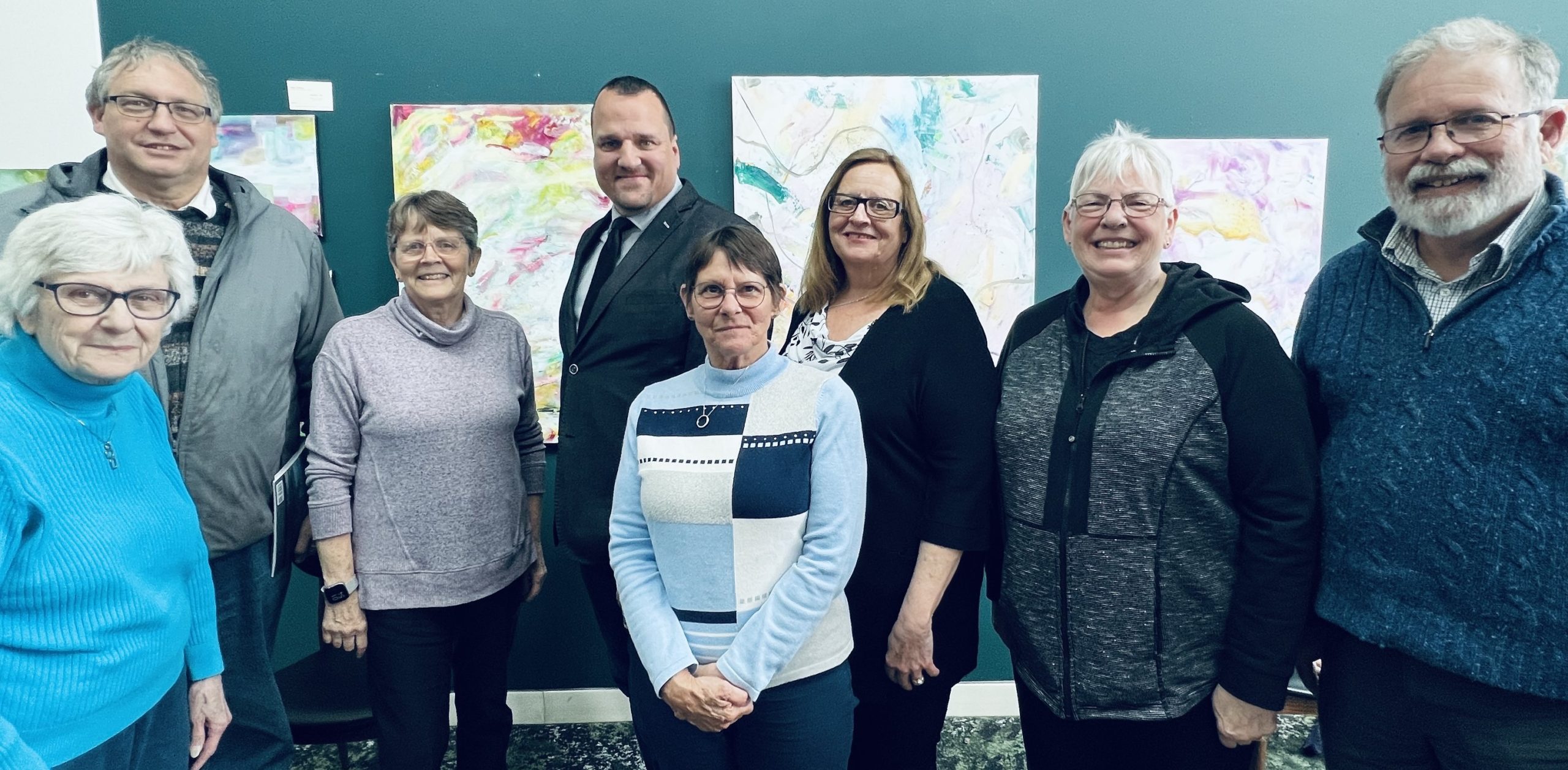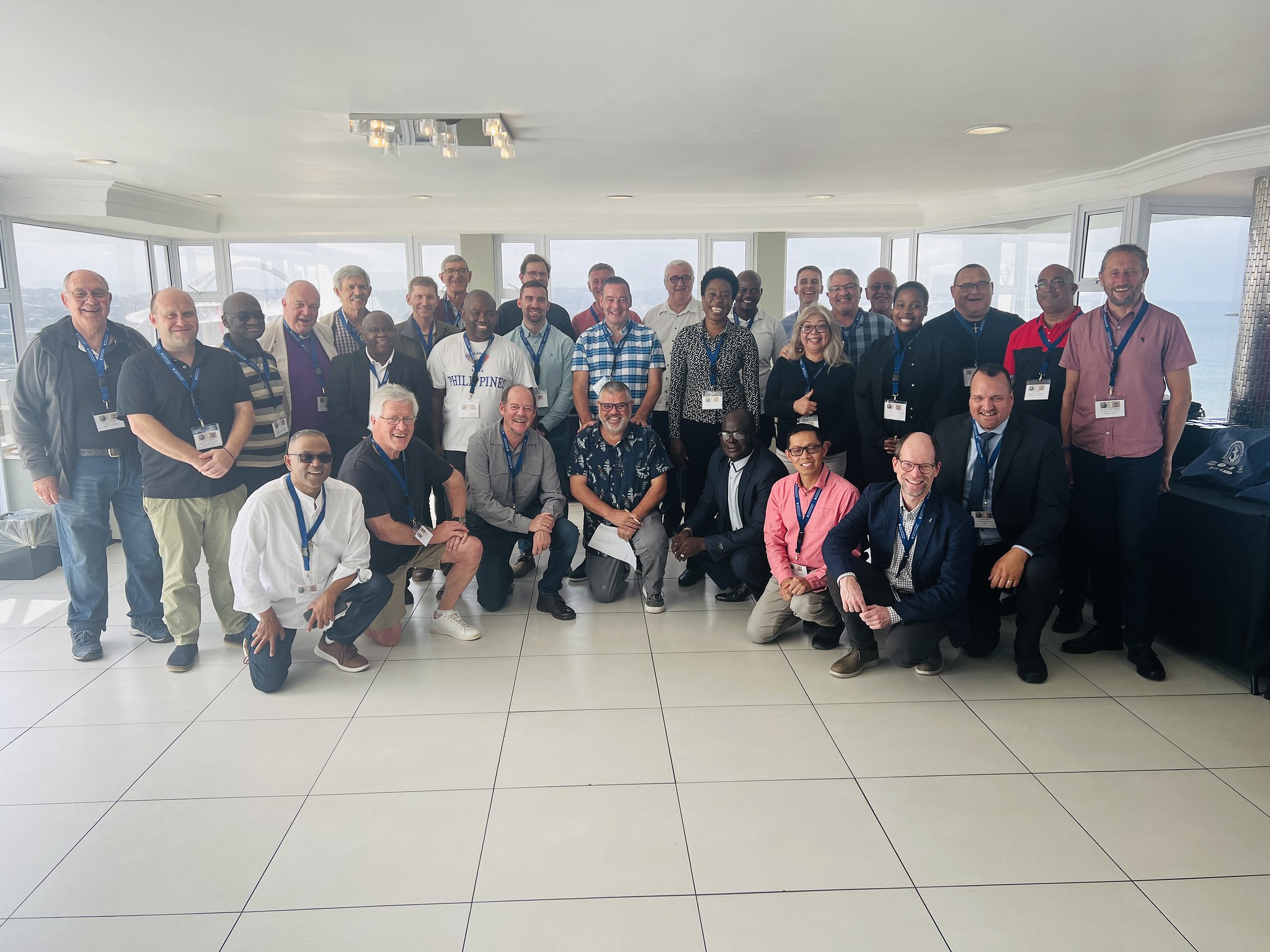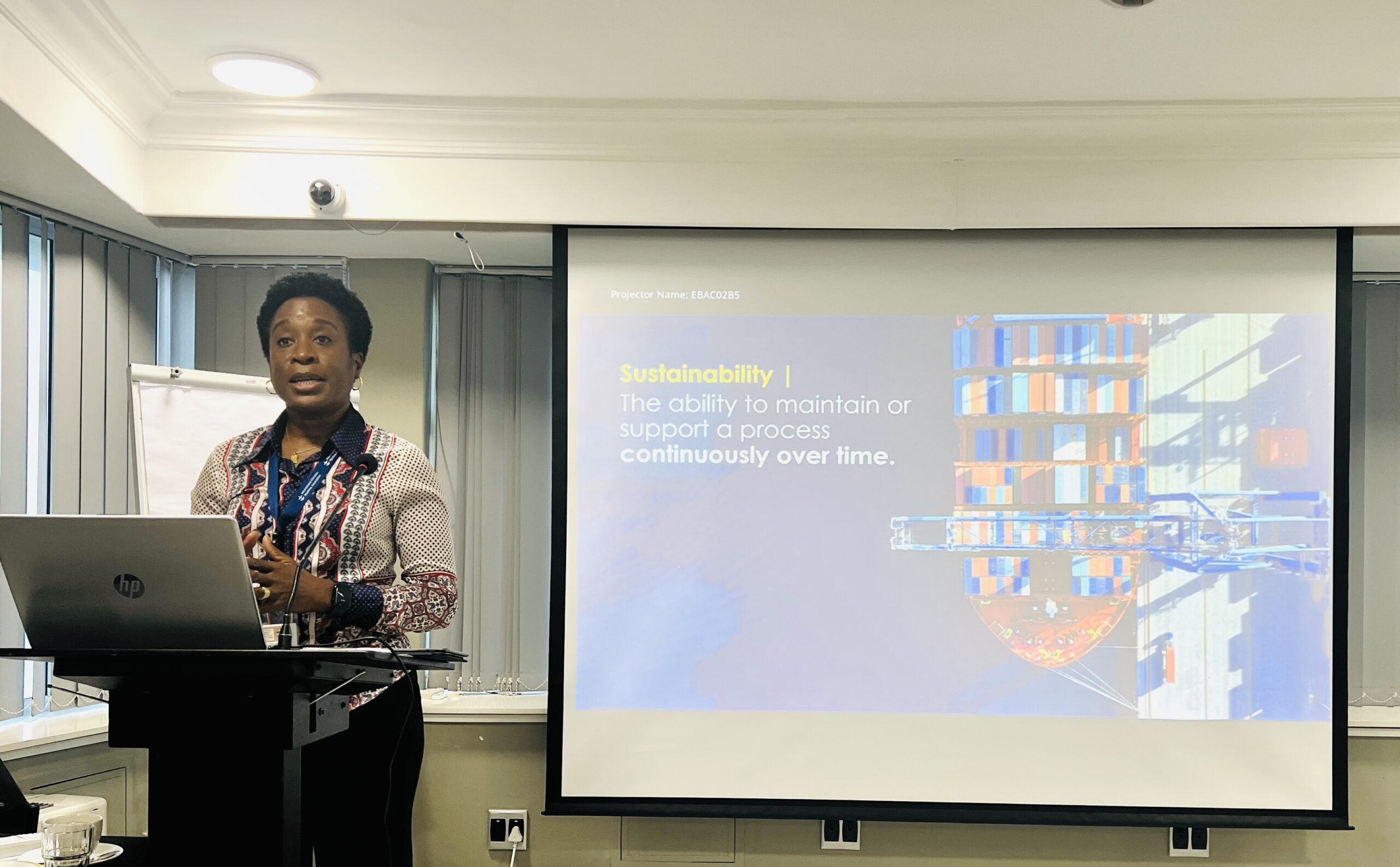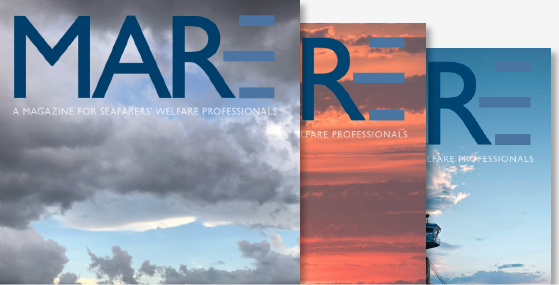Last year, I had the privilege of delivering the keynote presentation at the annual fundraising dinner of the Thunder Bay Mission to Seafarers. The event, held on the outskirts of town, was a stark reminder of the persistent winter weather, as I found myself back in the snow despite having enjoyed above-freezing temperatures for several weeks. A pair of winter boots would have been a wise addition to my luggage.
The following day, I had the pleasure of sharing a meal with the chaplain and dedicated volunteers of the mission. Their personal stories and motivations for their long-term commitment to the mission were both inspiring and enlightening. Here are some key insights and best practices that emerged from our conversation:
Key Motivations and Best Practices:
- Personal Connections: Many volunteers were motivated to join the mission because they knew someone already involved. Personal connections play a crucial role in volunteer recruitment.
- Small Gestures Matter: Volunteers emphasized the importance of small acts of kindness and attention to detail in their work.
- Finding the Right Fit: It’s essential to match volunteers’ talents and interests with appropriate tasks. Allowing them to discover their strengths within the mission can be more effective than assigning tasks without consideration of individual skills.
- Community and Comradery: The mission provides a sense of community and comradery, which is a significant factor in volunteer retention. Many volunteers stay because they enjoy the mission’s purpose and the relationships they build.
- Volunteer Recognition: Regular recognition, along with invitation to a special Eucharist and lunch, helps volunteers feel appreciated and valued. This practice is essential for long-term engagement.
- Clear Goals and Accountability: Having clear organizational goals and being prepared to communicate and justify decisions enhances volunteers’ sense of purpose and responsibility.
- Open Communication and Resources: Maintaining an up-to-date handbook and ensuring open communication are critical. Volunteers need to feel that the organization is listening and responsive to their feedback.
- Diverse Recruitment Channels: Utilizing various platforms, such as social media and community outreach, can attract a diverse group of volunteers. However, some challenges include the need for drivers over 25 due to insurance requirements and the limited availability of volunteers with certain backgrounds.
- Adapting to Changing Demographics: With declining church attendance and changing attitudes among younger people, the mission needs to explore new recruitment strategies, such as partnering with schools and other community organizations.
- Inclusion and Safety: Ensuring a safe and inclusive environment is crucial, especially during ship visits. While there is some diversity among volunteers, there is a need for greater representation from various communities.
The Thunder Bay Mission to Seafarers volunteer corps offers valuable lessons in volunteer engagement and retention. By fostering personal connections, recognizing contributions, and maintaining clear communication and goals, the mission successfully sustains its volunteer base and continues to provide critical support to seafarers. These best practices can serve as a model for other organizations looking to enhance their volunteer programs.





